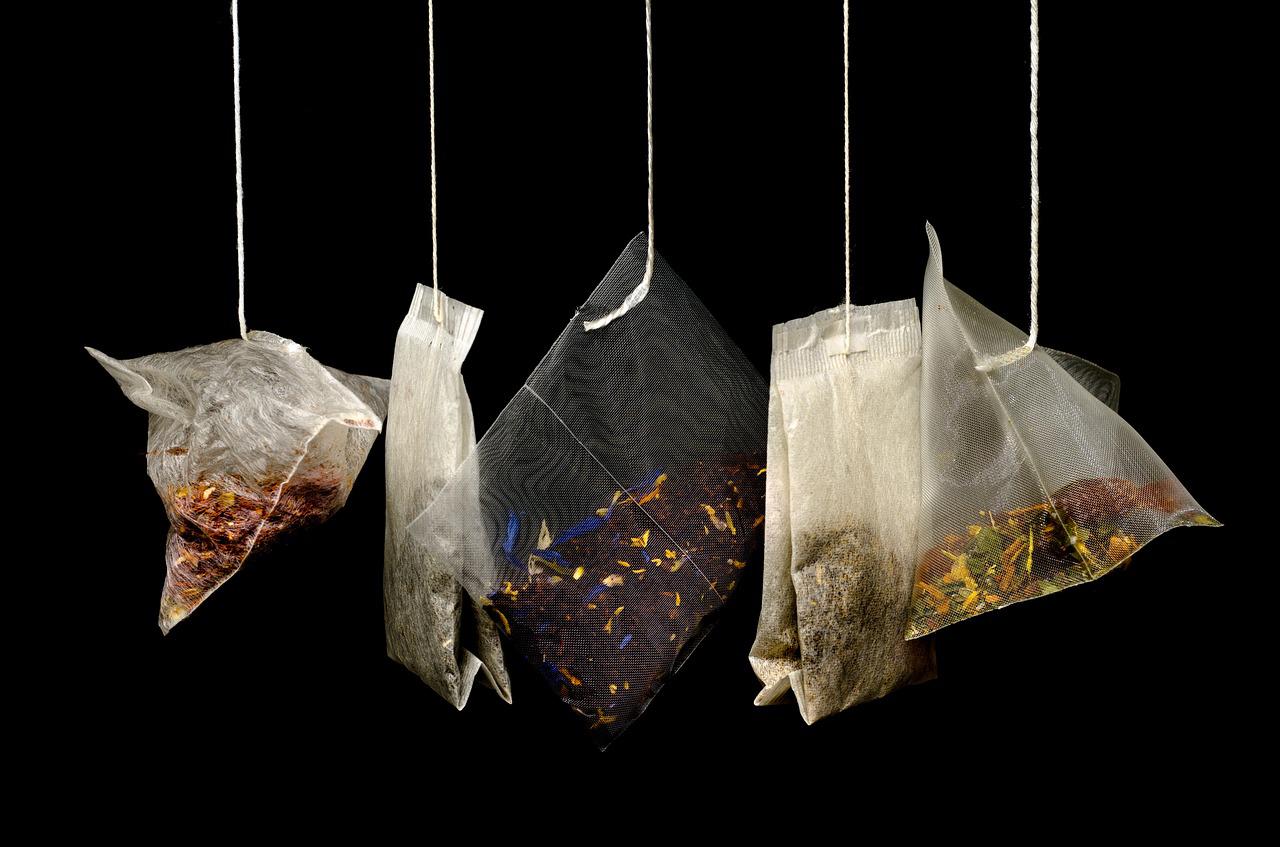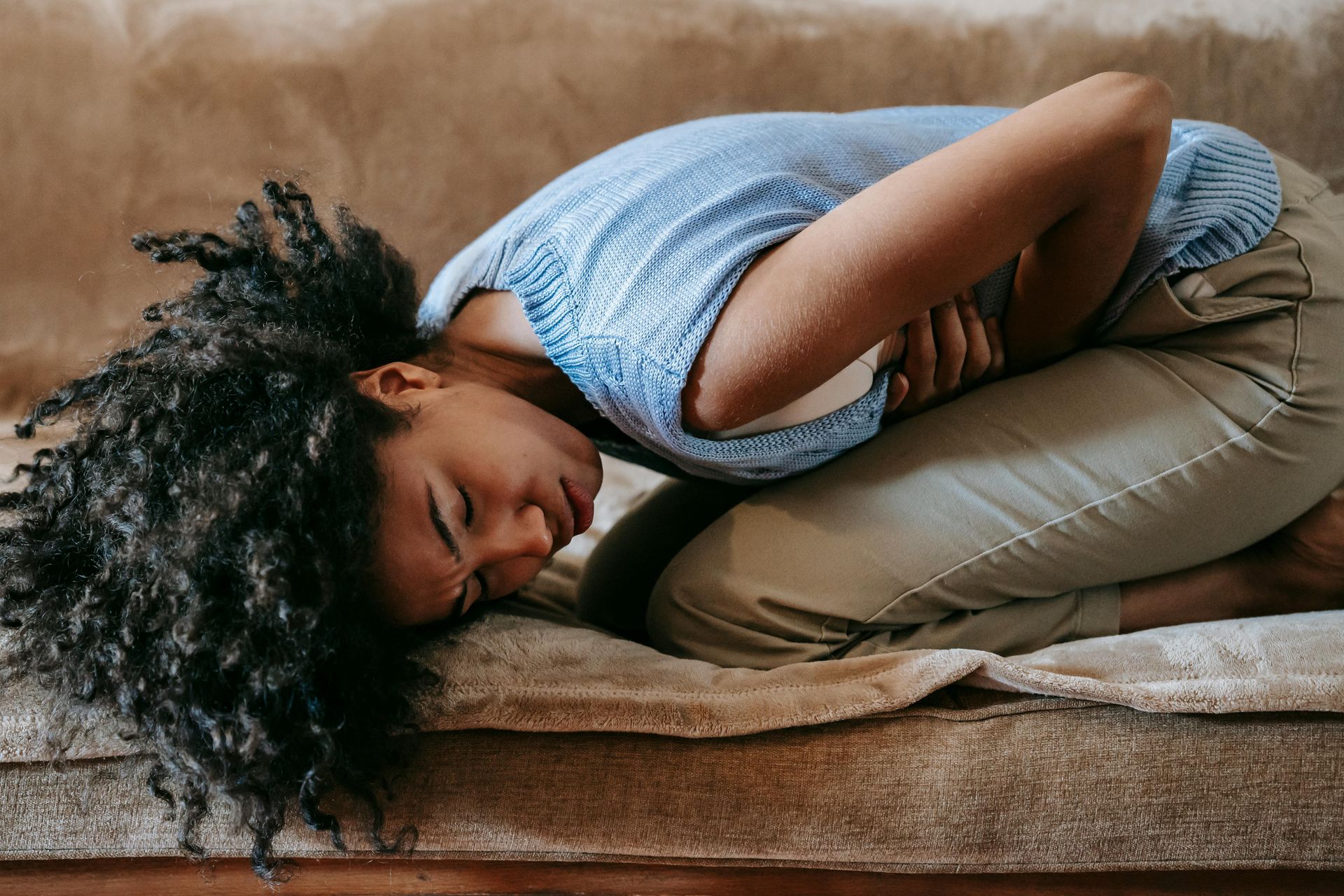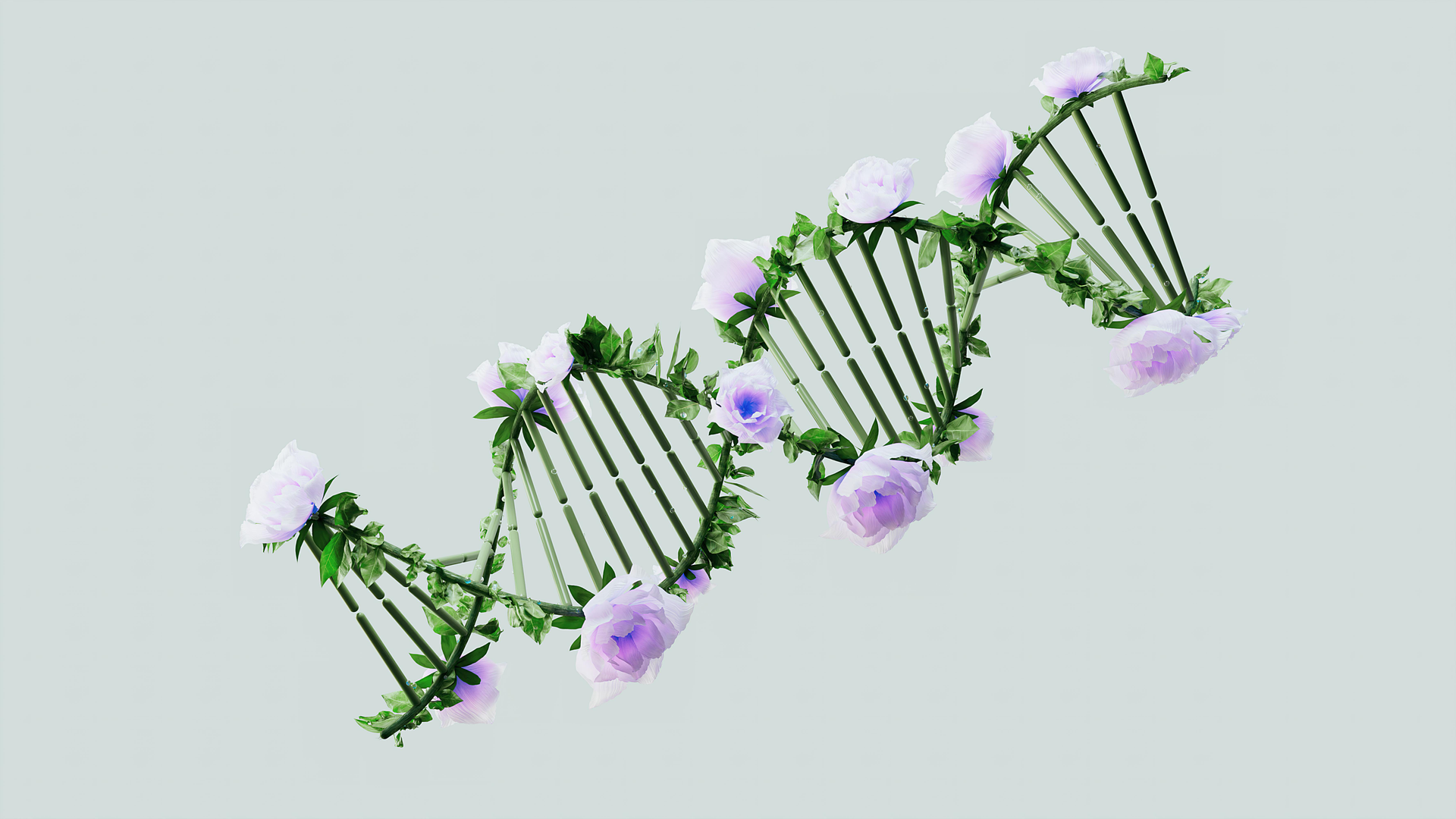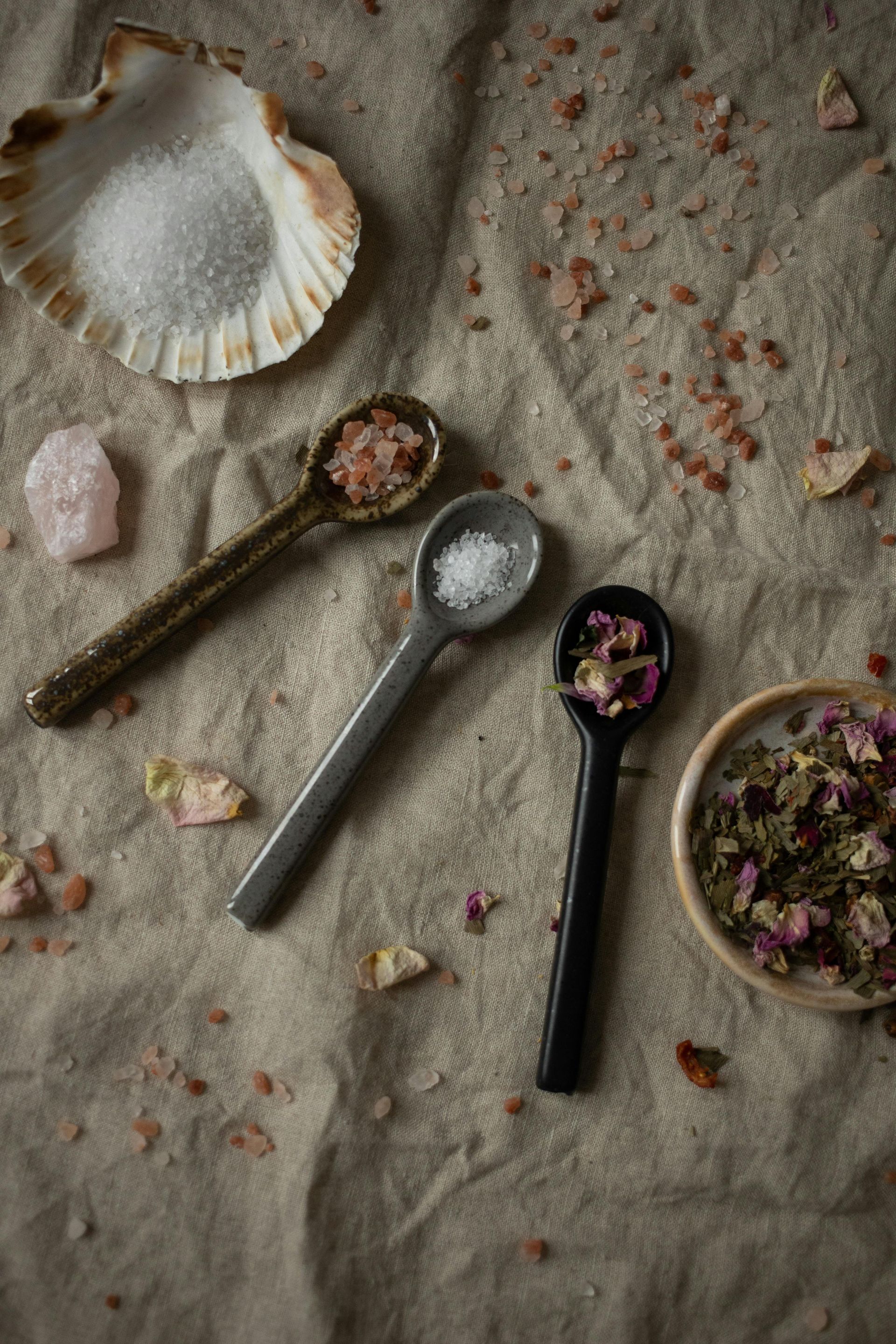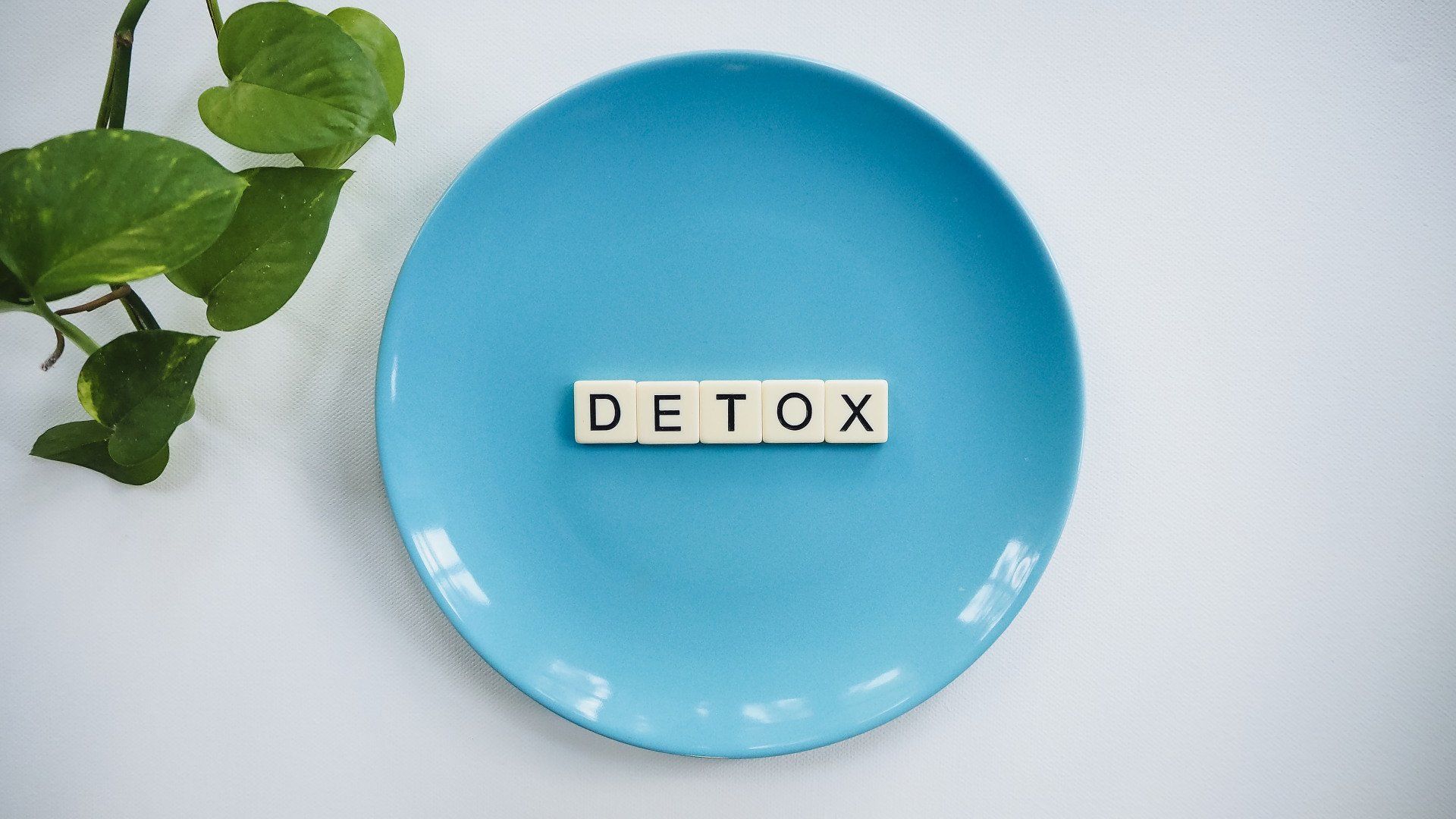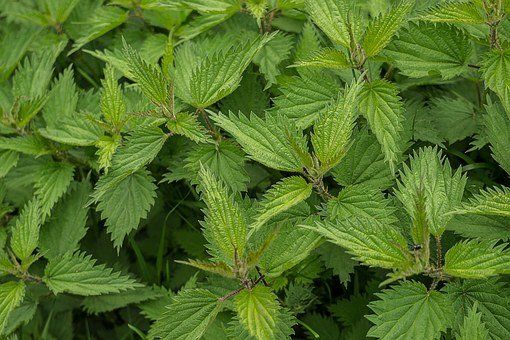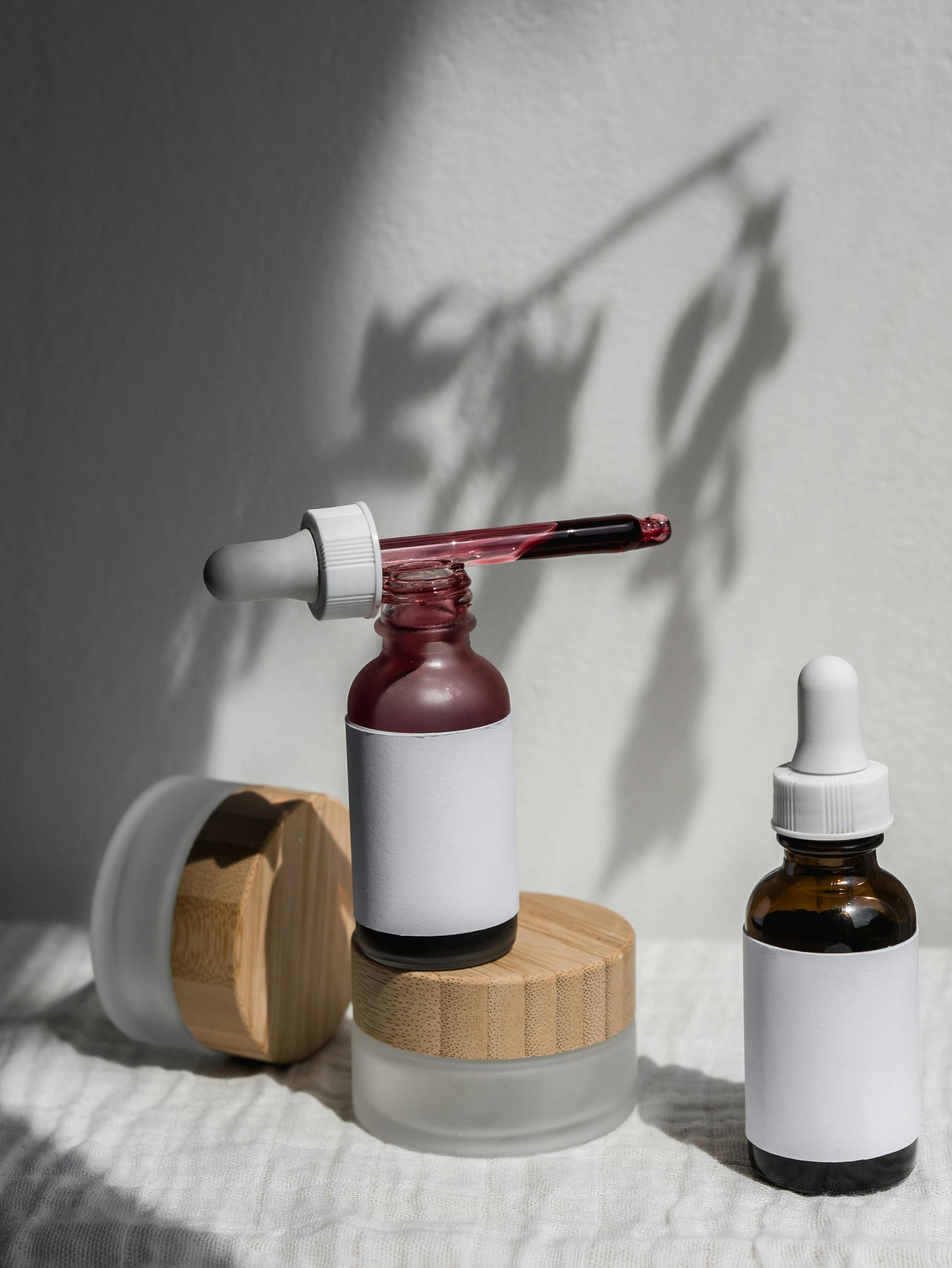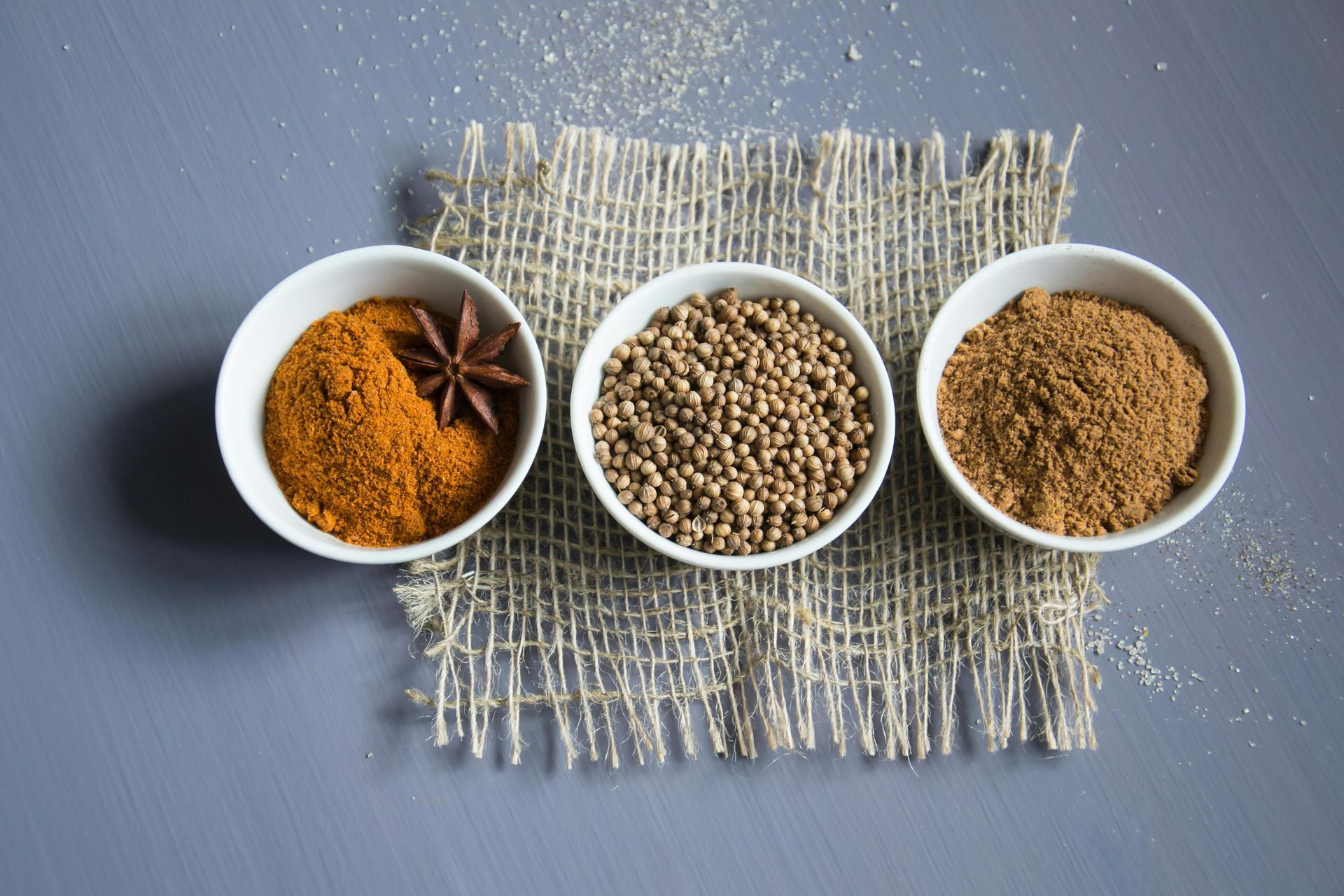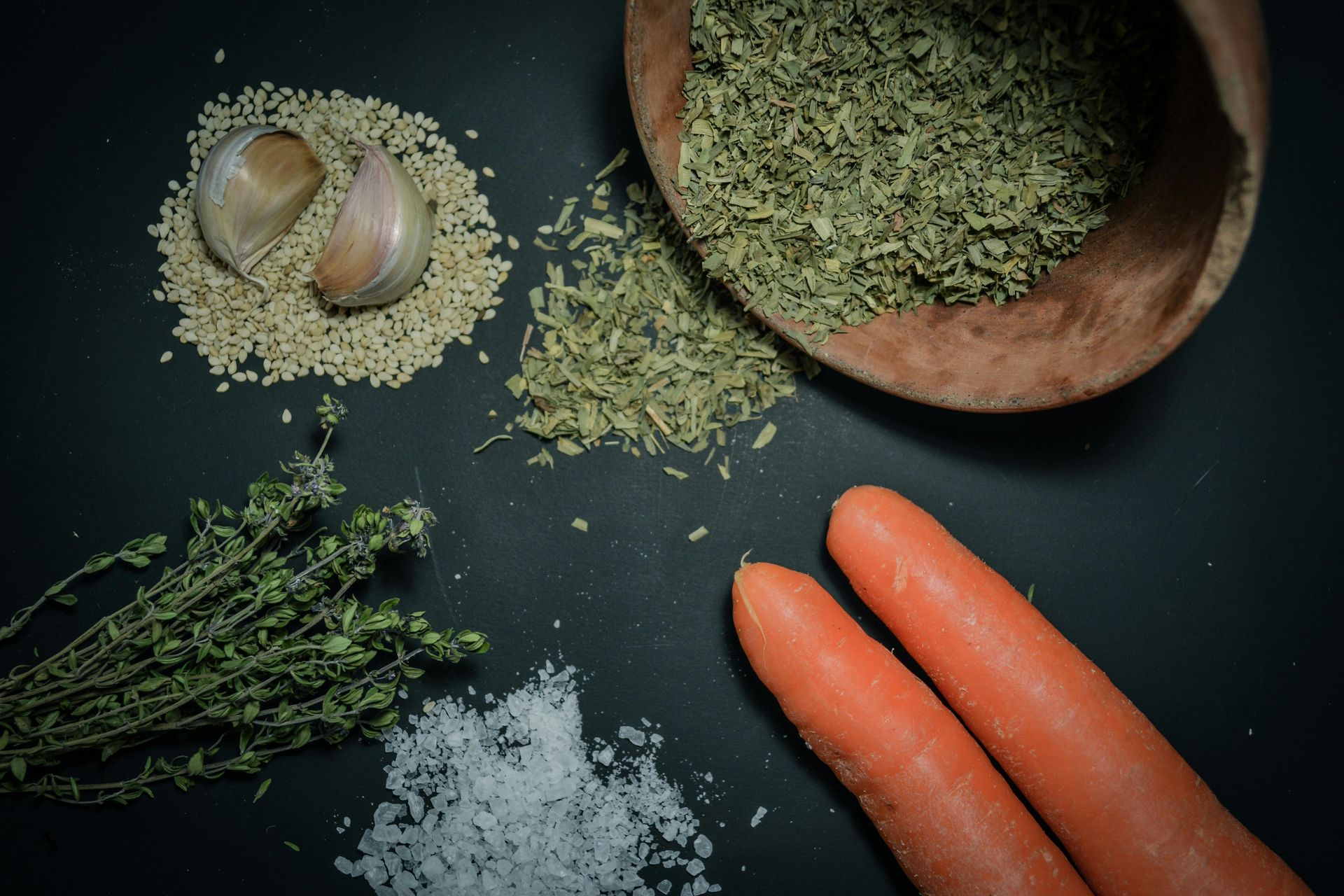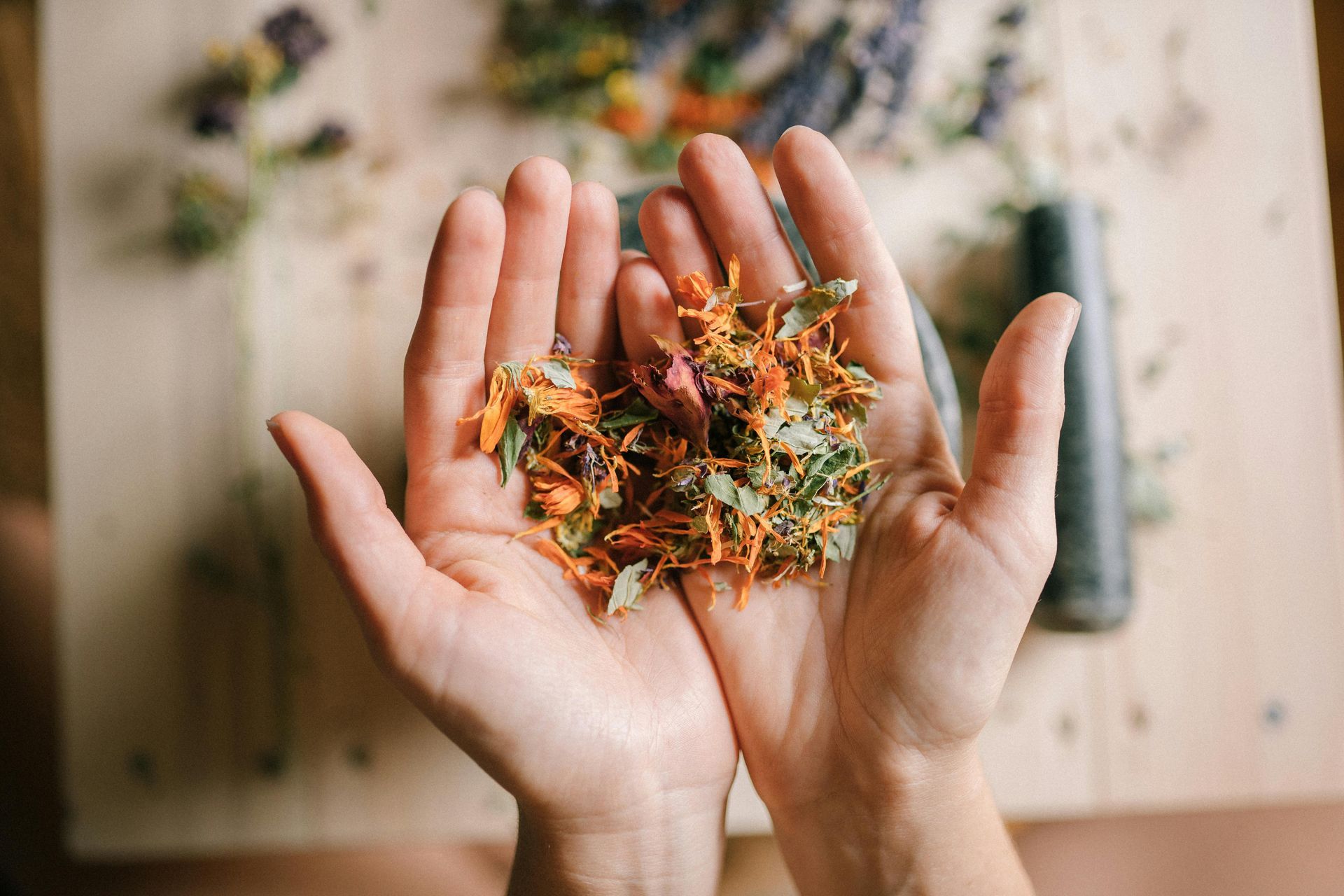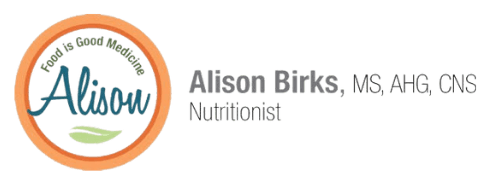
Natural Therapies for Seasonal Affective Disorder
Feeling SAD?
Feeling SAD? Natural Therapies for Seasonal Affective Disorder
Seasonal Affective Disorder (SAD) is considered a subtype of bipolar disorder or major depressive disorder characterized by an atypical form of depression: weight gain, carbohydrate cravings, fatigue, excessive sleepiness, feelings of sadness and loss of libido. The shorter days of fall and winter can precipitate SAD. If these symptoms persist in the winter but abate as the days grow longer and disappear in the summer, a diagnosis of SAD can be made.
SAD may coexist along with other mood disorders and having another mood disorder increases your chances of having SAD by up to 40%. The likelihood of having SAD is also higher in those with a family history of mood disorder and alcohol abuse. Women are three times more likely than men to have SAD. Living in the Northeast increases your chance of having SAD, as one study found that 10% of those in the New England had SAD compared to only 1.4% of those in Florida in the winter.
SAD is a genetically based disorder. In 1998 researchers discovered that variations in the genes that encode for melanopsin, a non-visual photopigment in the eye, uniquely predisposes one to SAD through melanopsin’s effects on the brain’s master clock. Melanopsin retinal ganglion cells in the eye are uniquely sensitive to blue wavelengths of light. These cells send signals to the brain’s master clock—the suprachiasmatic nucleus (SCN). Neural pathways from these receptors send signals to regulate light’s effect on activity level, sleep and hormone regulation by suppressing melatonin secretion and activating certain types of serotonin receptors.
Bright light therapy is considered the treatment of choice for this disorder. Bright light therapy during the longer months using a 10,000 lux cool blue- white fluorescent light (LED), such as the LiteBook, for 30 minutes in the morning was found to elevate heart rate, increase body temperature and alertness, decrease sleepiness and normalize thyroid stimulating hormone (TSH) levels in SAD patients.
In addition to bright light therapy, following a healthy lifestyle can help those with SAD. Components of a healthy lifestyle include eating an organic, whole foods diet with an emphasis on vegetables, whole grains, beans, nuts, seeds, lean meat, poultry, fish and fruit. The identification and elimination of food sensitivities is also helpful. Some basic dietary supplements should include: a daily multivitamin, 400-600 mg magnesium, B complex and a source of omega-3 fatty acids such as fish, flax, hemp or chia seed. Caffeine, alcohol and sugar should all be avoided. Daily exercise in fresh air during the sunny hours of the day, taking a winter vacation in a warm climate, stress management (yoga, massage, meditation) and the use of a negative ion air purifier can all help.
The use of melatonin as a sleep aid by those with SAD should be avoided or the dosage decreased during the winter months. Vitamin D blood levels decrease during the winter months and may contribute to depressed mood in those with SAD. A serum 25- OH vitamin D test should be performed and supplementation of vitamin D should be based on blood levels. Aim for a blood level between 50-85 ng/mol. For most, supplementing with 1000-4000 IU vitamin D3 will be sufficient. L-tryptophan, an amino acid found in turkey, pumpkin seeds, tofu, meat and other protein- rich foods was found to be as effective as light therapy for treating SAD, as it is a precursor to serotonin in the brain. L-tryptophan supplementation was also found to improve response to bright light therapy. 5-HTP (5-hydroxytryptophan), a more direct precursor to serotonin, may be an even more effective supplement for those with SAD. Dosages of 5-HTP used to treat SAD range from 50-100 mg, up to three times per day, along with vitamins B6, B3 and inositol.
Herbs to treat SAD include antidepressant nervines and adaptogens. St. Johnswort (Hypericum perforatum) 300 mg of an extract standardized to .3% hypericin taken three times daily was shown to be effective. Lemon balm (Melissa officinalis) “the gladdening herb” is a traditional remedy for anxiety and depression. Both essential oil of lemon balm and the herb have demonstrated mood elevating effects. Rhodiola rosea, an adaptogen herb is a specific for mental and physical exhaustion, stress, poor concentration and fatigue. This herb lowers cortisol, improves anxiety and relieves depression. Raw chocolate (cacao) is another favorite herb with mood elevating effects. Use the raw cacao nibs or powder in smoothies as a healthy addition to the diet in place of commercial chocolate.
